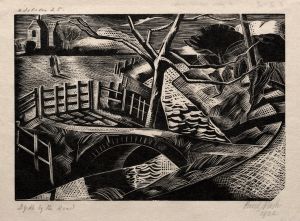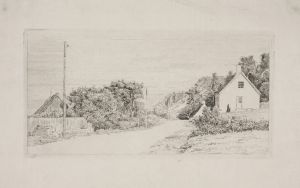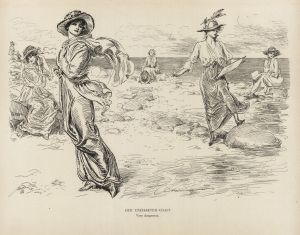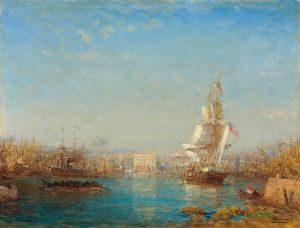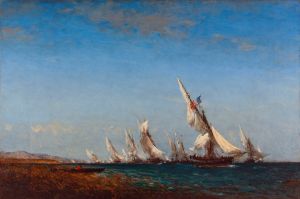
La route
A hand-painted replica of Félix Ziem’s masterpiece La route, meticulously crafted by professional artists to capture the true essence of the original. Each piece is created with museum-quality canvas and rare mineral pigments, carefully painted by experienced artists with delicate brushstrokes and rich, layered colors to perfectly recreate the texture of the original artwork. Unlike machine-printed reproductions, this hand-painted version brings the painting to life, infused with the artist’s emotions and skill in every stroke. Whether for personal collection or home decoration, it instantly elevates the artistic atmosphere of any space.
Félix Ziem was a 19th-century French painter known for his vibrant landscapes and seascapes, often capturing the essence of Venice and the Mediterranean. However, specific information about a painting titled "La route" by Félix Ziem is not readily available in major art historical sources or collections. Ziem's body of work is extensive, and while he is celebrated for his depictions of Venice, Constantinople, and the French countryside, detailed records of every individual painting are not always documented in public archives.
Félix Ziem was born on February 26, 1821, in Beaune, France. He initially trained as an architect but soon turned to painting, a decision that led him to become one of the most successful and prolific artists of his time. Ziem's early works were influenced by the Barbizon School, a group of painters who focused on naturalistic representations of the landscape. Over time, Ziem developed a distinctive style characterized by vibrant colors and dynamic compositions.
Ziem's travels played a significant role in shaping his artistic vision. He visited Italy in the 1840s, where he became enamored with Venice, a city that would become a recurring subject in his work. The luminous quality of light and the reflections on the water in Venice captivated Ziem, and he returned to the city numerous times throughout his life. His Venetian scenes are among his most celebrated works, capturing the city's unique atmosphere with a sense of immediacy and vibrancy.
In addition to Venice, Ziem traveled extensively throughout Europe and the Middle East, drawing inspiration from the diverse landscapes and cultures he encountered. His travels took him to places like Constantinople (modern-day Istanbul), Egypt, and North Africa, where he painted bustling markets, serene landscapes, and majestic architecture. These experiences enriched his palette and broadened his artistic scope, allowing him to create works that resonated with the exoticism and allure of distant lands.
Ziem's work was well-received during his lifetime, and he exhibited regularly at the Paris Salon, the official art exhibition of the Académie des Beaux-Arts in Paris. His paintings were admired for their vibrant color, lively brushwork, and the ability to convey the atmosphere of the places he depicted. In 1857, he was awarded the prestigious Legion of Honor, a testament to his contributions to French art.
Despite his success, Ziem remained a somewhat enigmatic figure, preferring the solitude of his studio to the social circles of Paris. He continued to paint until his death on November 10, 1911, leaving behind a vast oeuvre that continues to be celebrated for its beauty and vitality.
While specific details about "La route" by Félix Ziem are not available, his legacy as a master of light and color in landscape painting remains undisputed. His works are held in numerous public and private collections worldwide, ensuring that his artistic contributions continue to be appreciated by audiences today.





